
No more witty production level tips. The web is already full of them.
Instead, here I will sum up a few viewpoints which I find important to remember when designing creative concepts and solutions.
I personally believe that every great designer has to really believe in good design as a concept. It’s not just polishing things to look nice but making the whole experience of using the product as smooth and transparent as possible. All this while also considering the business factors and other given goals for the design.
So here they are, five things that improve the quality of the design work:
1. Get a creative brief from the client
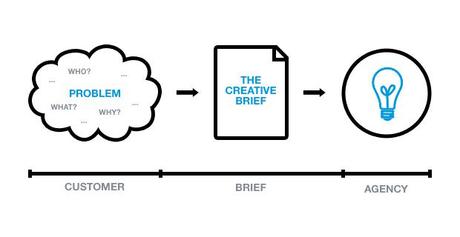
This should be a standard when starting a project, but unfortunately it’s still too rare, even though a well-written creative brief is the single most important contributor of precise guidelines for the creative work. Used accordingly, a creative brief is a great tool to generate brilliant creative solutions.
A good creative brief gives outlines for the design work, articulates the big problem that needs to be solved and defines the work’s goals. Even better, there are plenty of good templates available on the web.
If you haven’t received a creative brief or, for some reason, it’s not possible to get one (e.g. in some pitch situations), then create your own imaginary brief and proceed accordingly. This way the design work has a structure and the outcome is tied to something.
Nevertheless, the most important point here is that the creative brief is not just about filling a Word document, it’s about the thinking behind it and the ideas it produces.
A good read:
- Creating the Perfect Design Brief: How to Manage Design for Strategic Advantage
2. Have a creative process
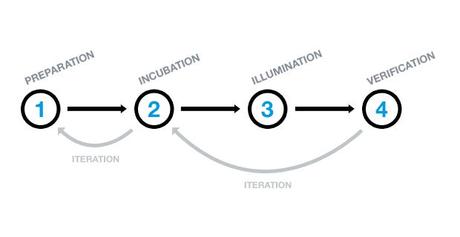
Behind every great execution is a great concept that is based on a good idea. To get a good idea, it’s essential to have a big amount of ideas – both good and bad. At first, only quantity is important. It’s helpful to have a structure that helps thinking and creating. That is, the creative process.
There are four parts in a general creative process:
- Preparation:The problem to be solved is carefully considered and resources are gathered in order to confront the task. The conscious mind is focused on the problem. (To be honest, this is one of the boring parts of the process and basically benchmarking.)
- Incubation: Drawing upon these resources, consideration of the problem is internalized and becomes a largely subconscious activity. The mind makes connections more freely and abundantly. This is probably the most mysterious part.
- Illumination: Possible solutions to the problem emerge from the subconscious. This is a moment of insight and optimism.
- Verification: Solutions are tested and may be applied if proven viable. If not, then it’s time for iteration.
Often the first two phases are underestimated or left out even though they are fundamental parts of the process. Everyone has a unique process for creating ideas, but it’s good to apply some generally accepted structures to your own thinking to be more organized and identify each stage of the process as you go.
A good read:
- The Creative Process Illustrated: How Advertising’s Big Ideas Are Born
3. Understand what concept design is
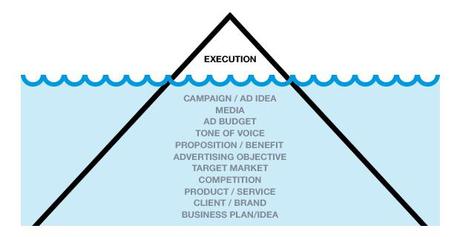
When launching a new campaign, the first thing that a potential customer sees is an advertisement that is still just an execution and the last step of a bigger design process.
Before it makes sense to design an advertisement, the following things should be considered:
- business plan/idea
- client/brand
- product/service
- competition
- target market
- advertising objective
- proposition/benefit
- tone of voice
- advertising budget
- media
- campaign/advertising idea
- and finally: the advertisement execution.
This could be illustrated in a form of an iceberg, where the only thing the possible client gets to see is the execution (if the previous list is turned upside-down). The bigger thinking lies under the surface and before actually designing the visual outlook of the advertisement.
Don’t just design, it’s usually simply polishing the turd. Instead, create a concept. Know what you want to say, who are you talking to and how you want to say it.
A good read:
- The Advertising Concept Book
4. Understand the behavior of a human being
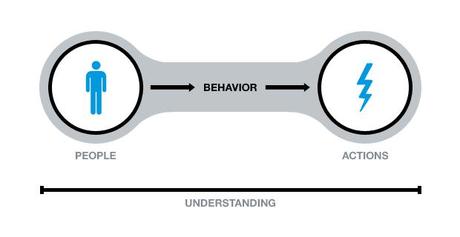
The truly great experiences are deeply rooted in motivations, desires, emotions, cultural & social patterns, beliefs and other deeper considerations and structures. The more you know about these topics, the more you’re able to affect people’s behavior.
Products in the market today are evolving so fast that it makes simply no sense to teach precisely how everything around us works. Honestly now, do you really know how your mobile device connects the call to the right person or what happens under the bonnet when you turn your car on? We’re increasingly surrounded by highly complex mechanisms we don’t understand – even when it’s explained to us. The amount that we just have to believe, without understanding it, is increasing day by day. As a result, we are tending to assign more importance to those who can explain something than to their actual explanation.
Soon it will be the norm to convince people with images and emotions rather than with arguments, feature listings and cold facts. And when images and emotions are combined into storytelling, we’re on the right track.
Good reads:
- 100 Things Every Designer Needs to Know About People (Voices That Matter)
- The Decision Book: Fifty Models for Strategic Thinking. Mikael Krogerus, Roman Tschappeler
5. Have a passion and drive your work
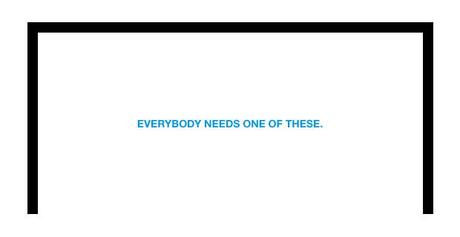
I think this is clear. In order to become a great designer it’s not enough to just go to the office in the morning and leave in the afternoon.
Education, intelligence, talent and skill are important, but passion and drive are critical. Remarkable designers are driven by something deeper and more personal than just the desire to do a good job.
To achieve a right kind of drive, three main ingredients exist:
- Autonomy – The desire to direct our own lives. This is about having the ability to choose how you work, when you work, where you work and even with whom you work.
- Mastery – The urge to get better and better at something that matters. This is about structuring your work so that you’re learning and growing and improving your skills and your art everyday, always pushing at the edge of your ability.
- Purpose – The yearning to do what we do in the service of something larger than ourselves. This is about connecting your work to a bigger picture that’s personally important to you.
A good read:
- Drive: The Surprising Truth About What Motivates Us
To sum it up
I’ll end this article to a quote from David Ogilvy:
“Creating successful advertising is a craft, part inspiration but mostly know-how and hard work. If you have a modicum of talent, and know which techniques work at the cash register, you will go a long way.”
Hopefully you have a reason for working the way you do and hopefully this reason helps you do your work better. Perhaps not easier or faster, but better.
About the author
Mika Matikainen is an Interactive Art Director at Activeark and Entrepreneur from Helsinki, Finland. For more information, please visit Mika’s LinkedIn profile.
Follow @mikamatikainen

